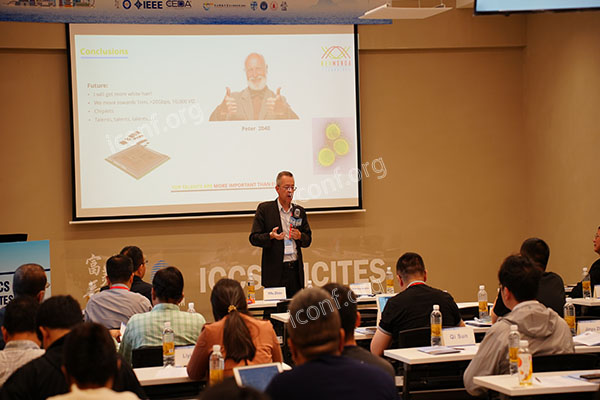In the rapidly evolving field of earth sciences, geoscience conferences offer a unique platform to share innovative research and connect with a global community of experts. Responding to a Call for Papers (CFP) for geoscience conferences is an excellent opportunity to present your work, gain valuable feedback, and enhance your research profile on an international stage.

Why Respond to a Geoscience Conference CFP?
- Global Exposure: Present your findings to an international audience of leading researchers, industry experts, and policymakers.
- Networking Opportunities: Build collaborative relationships with professionals from diverse sub-disciplines such as geology, hydrology, environmental science, and geophysics.
- Academic Impact: Engage in scholarly discussions that can refine your research methods and elevate your academic reputation.
- Innovative Research Exchange: Share breakthroughs in areas like tectonics, climate change, mineralogy, and sustainable resource management.
Key Components of a Successful CFP Submission
1. Thoroughly Review the CFP Guidelines
Before you begin, carefully read the CFP details provided by the conference organizers. Key elements often include:
- Theme and Scope: Ensure your research aligns with the conference’s focus areas.
- Submission Format: Follow the required manuscript structure, often adhering to the IMRaD format (Introduction, Methods, Results, and Discussion).
- Important Deadlines: Note the submission deadlines and plan your work accordingly.
2. Craft a Compelling Abstract
Your abstract is the first impression of your research. Ensure it:
- Clearly states the research problem, methodology, and key findings.
- Uses relevant keywords naturally to boost search engine visibility.
- Highlights the significance and potential impact of your work in advancing earth science.
3. Organize Your Manuscript Effectively
A well-structured paper is essential:
- Introduction: Provide context, define the research gap, and outline your objectives.
- Methods: Detail your research design, data collection, and analytical techniques.
- Results: Present your findings clearly with supporting figures and tables.
- Discussion: Interpret your results, compare them with existing studies, and suggest future research directions.
4. Enhance Quality Through Professional Editing
For non-native English speakers or anyone looking to polish their work:
- Consider professional language editing services.
- Ensure that your manuscript is free of grammatical errors and follows academic style guidelines.
5. Supplement Your Submission with Supporting Materials
Include high-resolution images, detailed tables, and any supplementary data that reinforces your research conclusions. This additional evidence can significantly enhance the credibility of your submission.
Maximizing Your Research Impact
Submitting your research to geoscience conferences not only helps disseminate your findings but also paves the way for future collaborations. To maximize your impact:
- Engage with Peers: Use academic exchange platforms to connect with global researchers and receive constructive feedback.
- Stay Informed: Keep up-to-date with emerging trends in geoscience by regularly reviewing academic journals and conference proceedings.
- Follow-Up: After the conference, continue networking with new contacts and explore potential joint projects that build on your research.
Conclusion
Responding to a Call for Papers in geoscience conferences is a strategic move for any researcher committed to advancing the field of earth sciences. By carefully preparing your submission, adhering to CFP guidelines, and leveraging professional support, you can significantly enhance the visibility and impact of your work. Embrace the opportunity to showcase your innovative research and join a global community dedicated to solving some of the planet’s most pressing challenges.
For additional submission guidelines and to explore international academic opportunities, visit leading academic platforms like iconf.org. Take the next step in your academic journey and let your research shape the future of geoscience!
